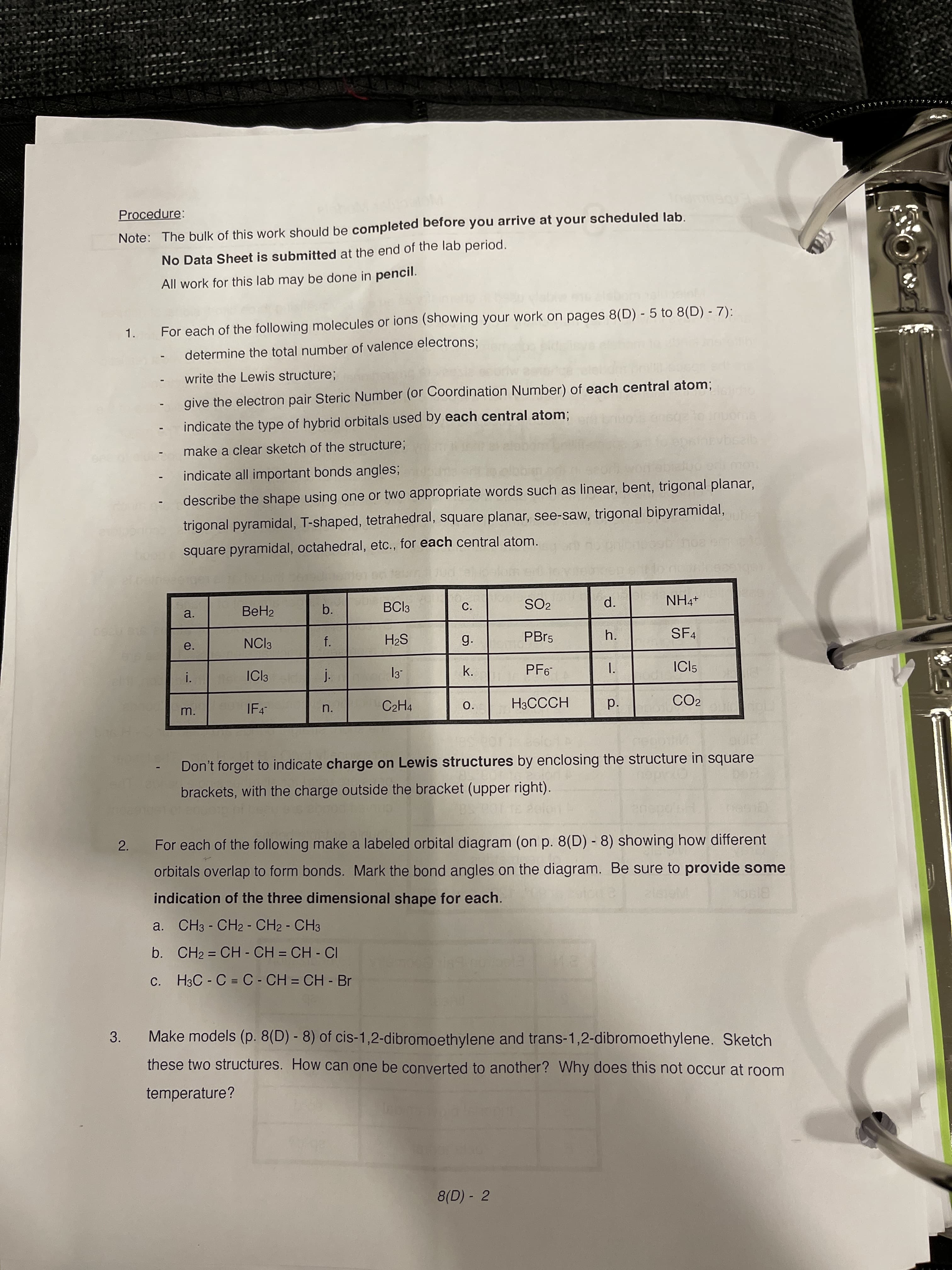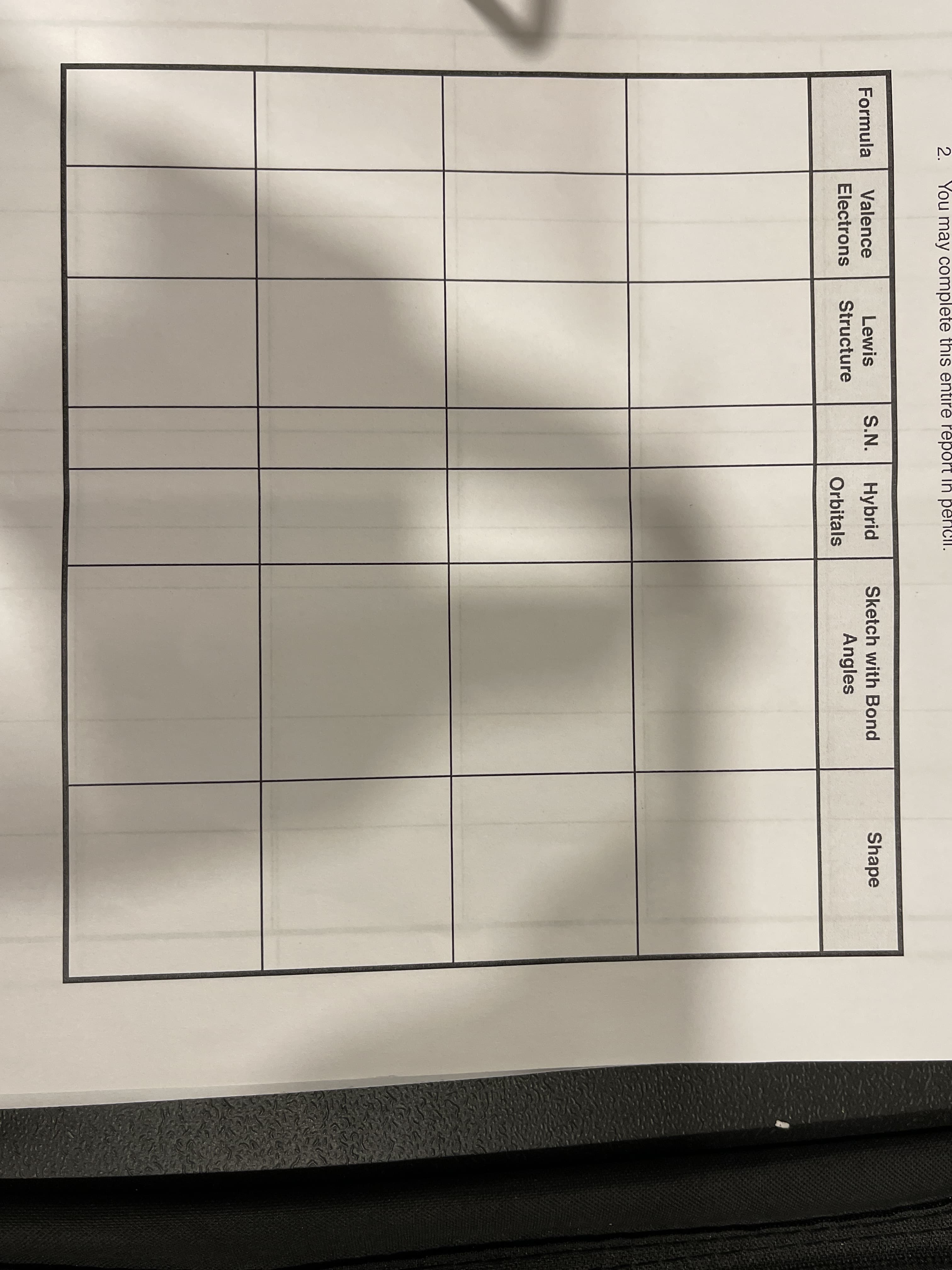determine the total number of valence electrons; write the Lewis structure; give the electron pair Steric Number (or Coordination Number) of each central atom; indicate the type of hybrid orbitals used by each central atom; make a clear sketch of the structure; indicate all important bonds angles; describe the shape using one or two appropriate words such as linear, bent, trigonal planar, trigonal pyramidal, T-shaped, tetrahedral, square planar, see-saw, trigonal bipyramidal, o00 square pyramidal, octahedral, etc., for each central atom. a. BeH2 b. BC3 С. SO2 d. NH4+
Formal Charges
Formal charges have an important role in organic chemistry since this concept helps us to know whether an atom in a molecule is neutral/bears a positive or negative charge. Even if some molecules are neutral, the atoms within that molecule need not be neutral atoms.
Polarity Of Water
In simple chemical terms, polarity refers to the separation of charges in a chemical species leading into formation of two polar ends which are positively charged end and negatively charged end. Polarity in any molecule occurs due to the differences in the electronegativities of the bonded atoms. Water, as we all know has two hydrogen atoms bonded to an oxygen atom. As oxygen is more electronegative than hydrogen thus, there exists polarity in the bonds which is why water is known as a polar solvent.
Valence Bond Theory Vbt
Valence bond theory (VBT) in simple terms explains how individual atomic orbitals with an unpaired electron each, come close to each other and overlap to form a molecular orbital giving a covalent bond. It gives a quantum mechanical approach to the formation of covalent bonds with the help of wavefunctions using attractive and repulsive energies when two atoms are brought from infinity to their internuclear distance.
Using the table A-P I need to fill in the table in picture 2. I think this kinda absuses the one question rule so if you just do as many as you seem fair... Just further explanation a) is BeH2 and I need the formula, valence electrons, Lewis structure, S.N, hybrid orbitals, sketch with bomd angles and the shape thank you very much


Step by step
Solved in 3 steps with 2 images


